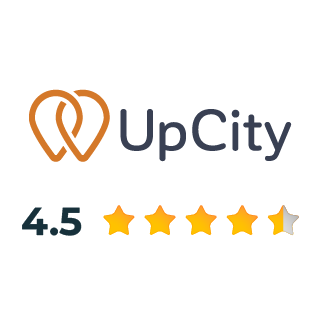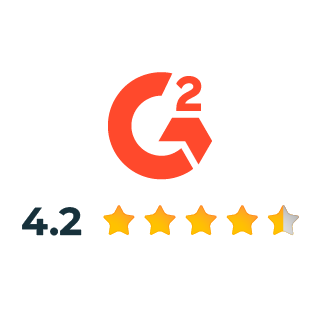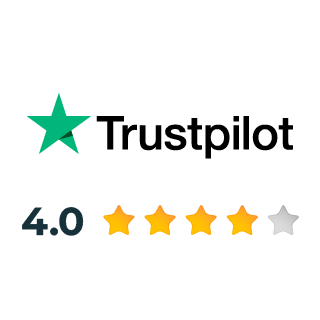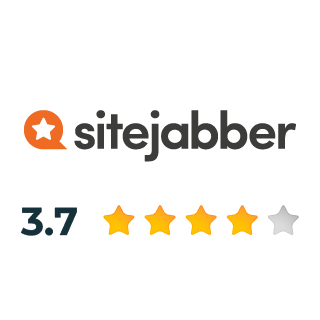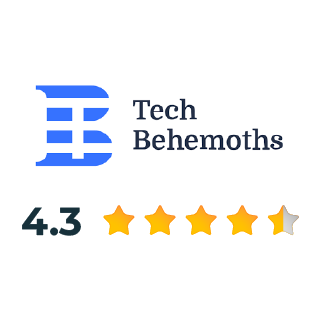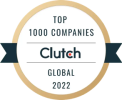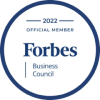React Native App Development Company
Proven Track Record
Global Clients
We Have Completed
Strong Developers
What is React Native App Development?
- Facebook first made React Native available as an open-source project in 2015. It rose to the top of the list of mobile development solutions in a matter of years. Some of the most popular mobile applications in the world, such as Instagram, Facebook, and Skype, are powered by React Native development.
- The foundation of React Native and React components allows developers to work with existing native code with ease, improving the framework's ability to integrate with native APIs and speeding up the work of current native teams. Because of the interaction between React components and pre-existing native code, native app development becomes more accessible to new development teams. This makes an extremely effective and adaptable mobile app development react native solution.
- React, a JavaScript library, served as the foundation for React Native and was already quite well-liked when the mobile framework was first made available. The framework enabled frontend developers who had previously limited their work to web-based technologies to produce reliable mobile apps that were ready for production.

Our Global Clients











Our Startup Clients




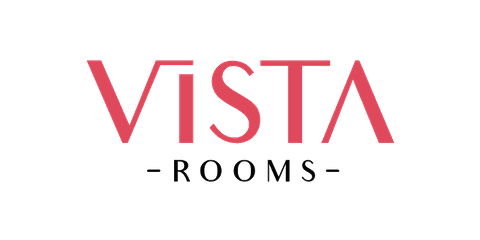


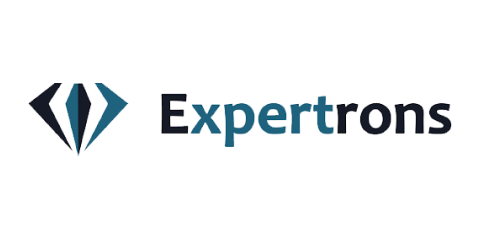


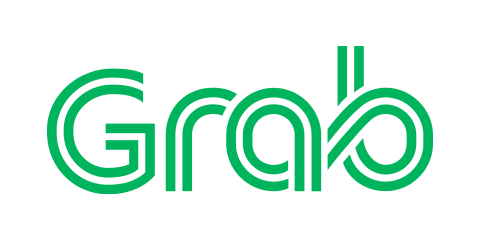
Our Enterprise Clients


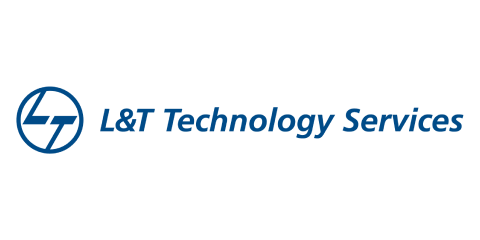





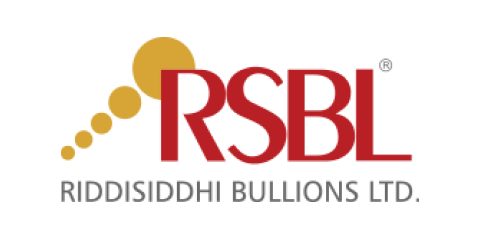





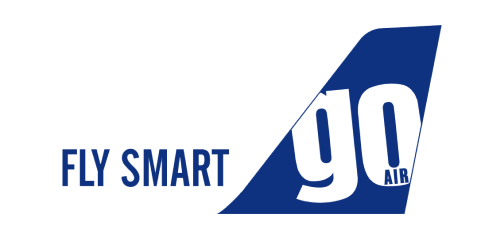




One Code, Multiple Platforms – Start Your React Native Project Today!
Nimap’s specialized React Native application development team offers experienced developers with industry best practices to create exceptional mobile apps tailored to your specific needs.
How Does React Work?
UI Thread: The primary application thread with access to the program’s user interface.
Shadow Thread: The background thread that computes the application’s layout using the React library.
JavaScript Thread: The JavaScript code for React is executed on this thread.
A layout is first built using the codes in the JavaScript thread. Then, the layout calculation is offloaded to the shadow thread, which uses the Yoga layout engine to build a tree representing this arrangement.
Through a React Native bridge, which serializes the data in JSON format and sends it to the UI (main) thread once the displayed markup is received, the two threads are able to communicate.
The main thread finishes the mapping from the browser to React Native and renders the user interface. Using JavaScript and React, developers can create mobile applications with.

Who Should Use React Native?
Start-ups and Small Businesses
It provides an affordable react native mobile app development solution for start-ups and small businesses with limited funding. One codebase that serves the iOS and Android platforms can save a lot of time and money when developing apps.
Company That Requires a Cross-platform Compatibility
If your company is looking to develop mobile apps for both iOS and Android, React Native is a great option. Developers can speed up the development process and ensure consistency across platforms by utilizing a single codebase. Mobile development React Native simplifies by allowing developers to build cross-platform apps with a single codebase.
Company That Requires Native Performance
Companies Who Look for Updates and Maintenance
Assisting Apps With Complex UI
What is the Programming Language of React?
React is a JavaScript library that’s mainly used to create user interfaces. Furthermore, JSX, or JavaScript XML, is frequently utilized in conjunction with React, a JavaScript extension that enables programmers to write HTML-like syntax directly within JavaScript code.
During the build process, technologies like Babel transpile this JSX code into conventional JavaScript. JavaScript serves as the primary programming language for React, whereas JSX is utilized to define UI components in a more declarative and expressive way.

Nimap Offers a Range of React Native App Development Services
React Native Guidance
Our professionals guide you through the consulting of product concepts and requirements from design to rollout. We develop a strategy plan based on information supplied by the client to accomplish your business goals.
Development of React Native Applications
We convert your business requirements into effective mobile apps using cutting-edge techniques. Our creative strategy guarantees smooth integration, user-friendly design, and continuous support for peak performance and contented users.
Applications for iOS and Android With React Native
We can assist you in achieving an outstanding user interface (UI) and feature-rich functionality, in contrast to many hybrid apps.
Services for Integration and Migration
With practical experience in both integration and migration, we provide these services. Our team uses React Native to develop a wide range of applications. Without erasing any data, we also move programs from other platforms.
Services for Support and Maintenance
We offer post-launch maintenance and support to make sure all issues are fixed and your product is operating as intended.
Design & UI/UX for React Native
Nimap uses the whole React Native library to give your business apps the most innovative and captivating user experience. In order to guarantee that UI/UX gaps are filled, we are motivated to provide real-time experiences across several devices.
Benefits of Using React Native App Development
If you want to create a mobile application as quickly as possible, look no further than React Native. Mobile app developers may build apps faster and more efficiently by using the React Native development framework. Here are some key benefits of using React Native Development for app building:
Time and Cost-effective
Using React Native for app development seems like a great choice, as it is both time- and cost-effective. Developers only need to create one app, but they wind up making two because at least 95% of the code is cross-platform, meaning it runs on both iOS and Android devices.
Developers choose to use React Native since it is regarded as one of the most desirable React advantages. By doing this, app development time is shortened, saving a significant amount of money that would have been used to construct independent apps.
React native is Open-source
Reusable Code
Thanks to the React Native framework, developers no longer need to build separate programs for the iOS and Android platforms. JavaScript is used, and it works on both platforms. React Native mobile development by allowing developers to build cross-platform apps with a single codebase. This unique property of code reuse can increase productivity and facilitate a quicker and simpler app development process. It may also aid in cost-cutting.
React Native Offers Increased Flexibility
UI-focused
External Plugins
React Native for mobile app development has gained a lot of popularity in the app development business for good reasons. It is a profitable technology for companies, an effective framework for developers, and an acceptable end-user solution. That being said, React Native is the only framework you need to consider when creating a cross-platform mobile application. Mobile app development with React Native enables creating high-performance, cross-platform applications efficiently.
Real-World Case Studies of Our Impactful Solutions
NBFC Digi Gold Case Study
Investing in gold has been a traditional practice for many, especially homemakers and jeweler shop owners. Investing in gold has been a traditional practice for many, especially homemakers and jeweler shop owners.
Unlock Cross-platform Potential – Get a Custom React Native App Now!
Why Choose Nimap for React Native App Development
Swift Response to Market Trends with Highly Skilled React Native Developers
Ensuring Quality with Regular Feedback Loops
Renowned Experts in React Native App Development
Related Articles
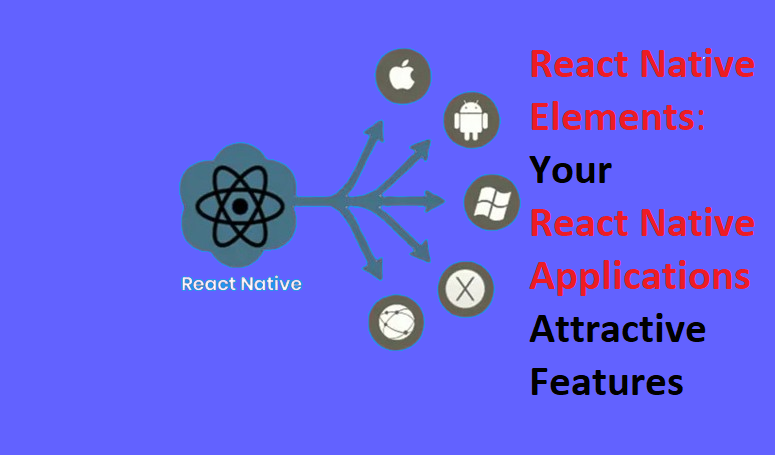
React Native Elements: Your React Native Applications Attractive Features
Developers can quickly and easily create stunning, cross-platform mobile applications using React Native Elements, a popular UI library for React Native. Offering a wide range

React Native Vs Ionic
A Comprehensive Comparison of React Native vs Ionic to Acquire Selecting. React Native is a free, open-source JavaScript programming language mainly used for building native

React Native vs Native
React Native vs Native Since mobile apps are traditionally developed in Native Languages, many popular apps are being partially or completely rewritten in React Native
Clients Testimonials

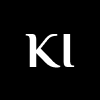

Frequently Asked Questions
What is the Price of Developing a React Native Application?
To get an exact price for developing a React native application, visit our website or consult us to learn more about it.
How Long Does It Take to Develop a React Native App?
Developing a React Native app typically takes a few weeks to several months, depending on the app’s complexity, features, design requirements, and the development team’s efficiency. To learn more about it, connect with us.
Is React Native the Future of Mobile App Development?
React Native is a strong contender for the future of mobile app development due to its efficiency, cross-platform capabilities, and large community support. However, trends may evolve with emerging technologies and frameworks.
What Are the Benefits of Outsourcing React Native App Development?
Outsourcing React Native app development offers cost savings, access to specialized expertise, faster time-to-market, and flexibility in scaling resources, allowing businesses to focus on core activities while leveraging global talent.
Do You Sign an NDA to Maintain the Confidentiality of My Project Idea?
Yes, Nimap Infotech drafts and reviews an NDA to ensure confidentiality, but actual signing and legal agreements would need to be handled directly with your development team or legal advisor.
Why Select Nimap Infotech for React Native App Development?
Nimap Infotech offers tailored React Native solutions with expert developers, efficient project management, and a proven track record. They ensure high-quality, scalable apps, accelerating development while aligning with your business goals.






